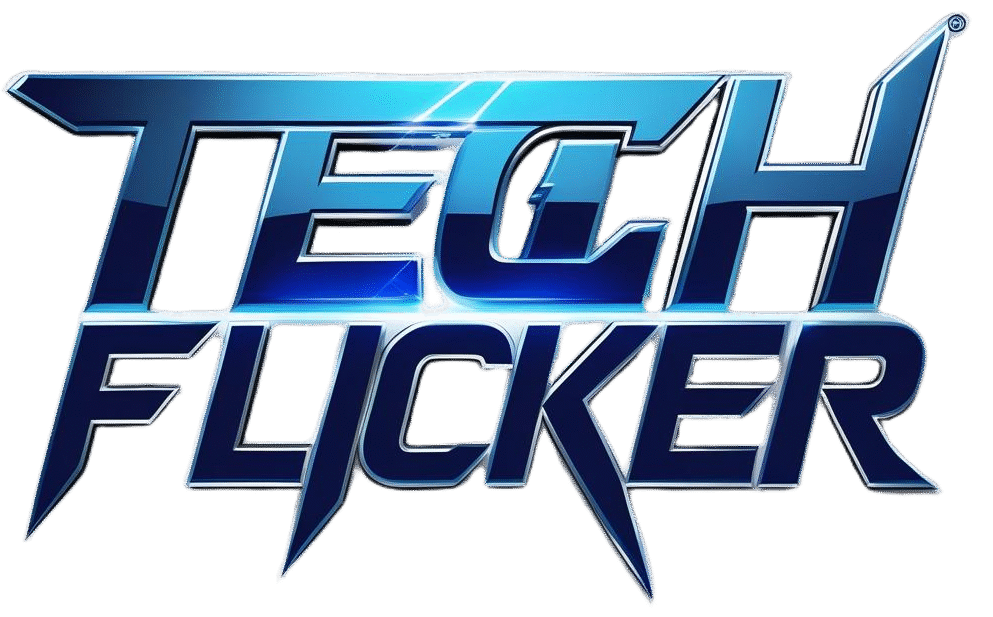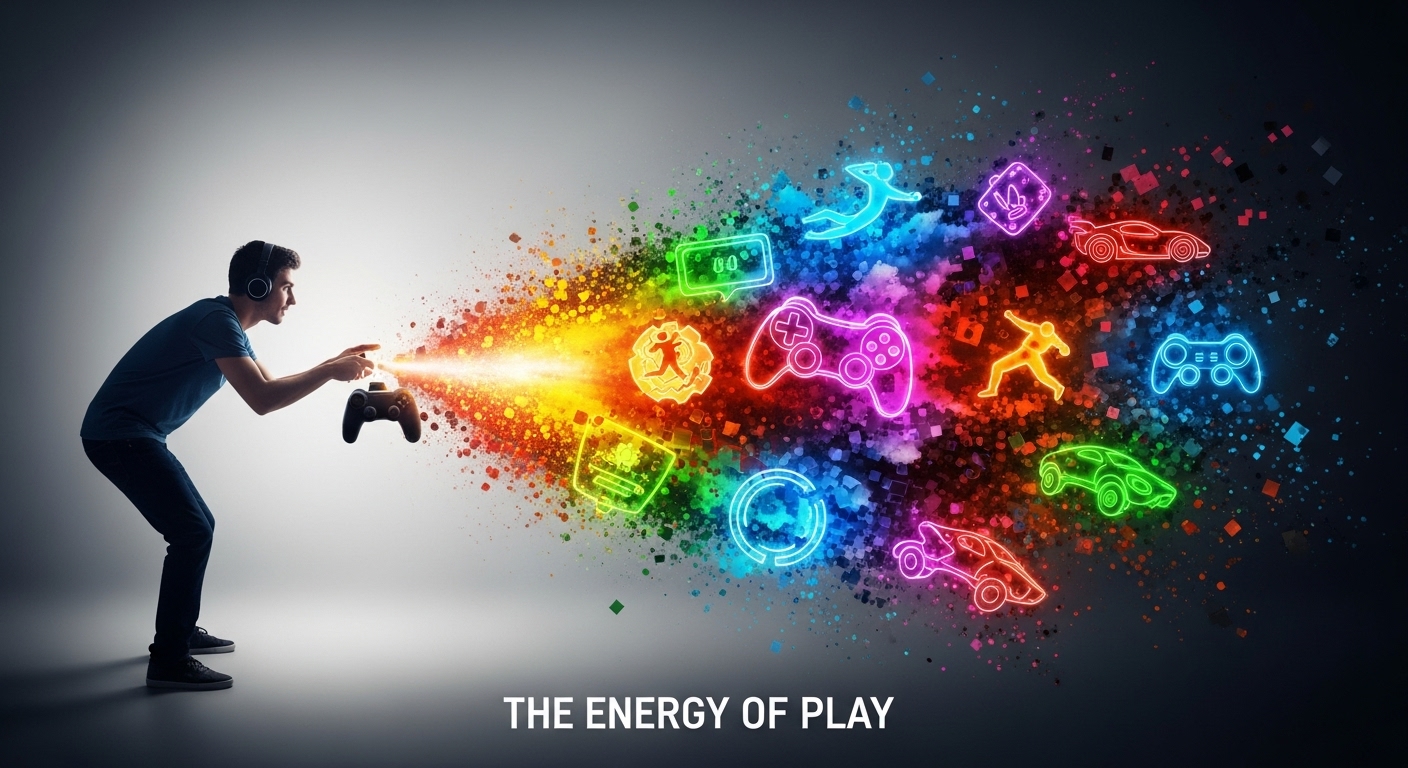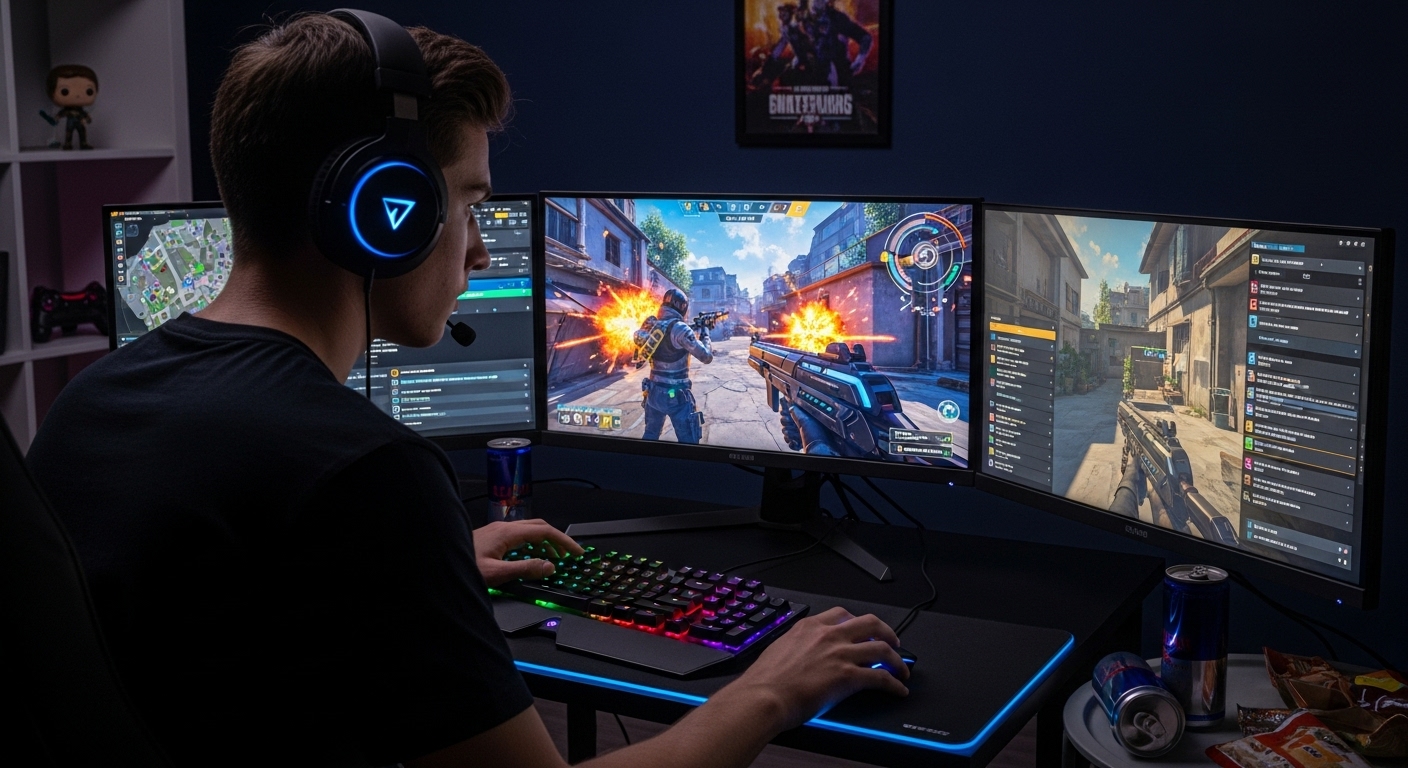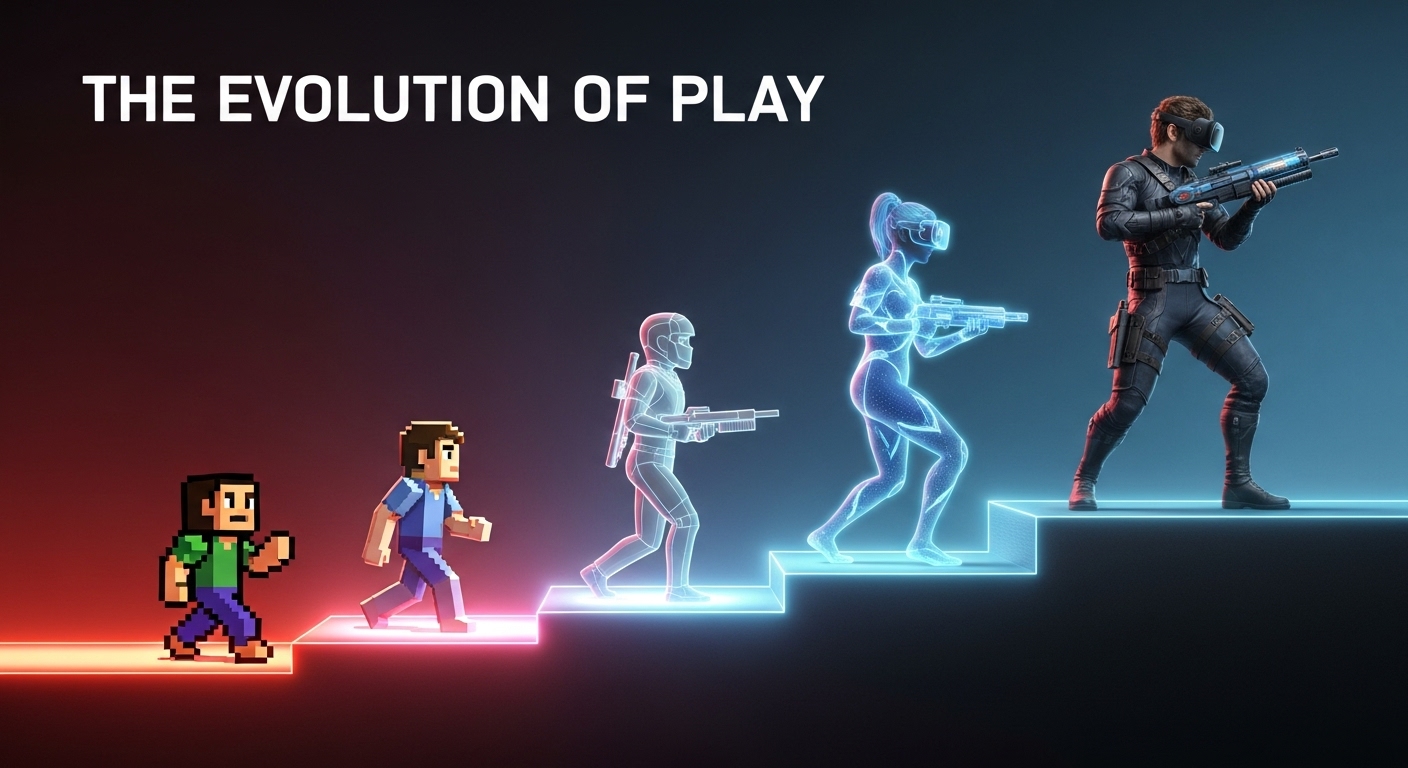Gaming has evolved from a simple pastime into one of the most influential cultural forces in modern society. It shapes entertainment, technology, and even human interaction on a global scale. What once began as pixelated adventures on tiny screens has grown into a universe of virtual worlds, competitive arenas, and boundless creativity. The story of gaming is the story of innovation, imagination, and community — a journey that continues to redefine what it means to play.
The Origins of Gaming
To understand the phenomenon that gaming has become today, it’s essential to look back at its humble beginnings. The earliest forms of video games appeared in the 1950s and 1960s, when scientists and engineers created rudimentary electronic games to demonstrate the capabilities of emerging computers. One of the earliest examples was “Tennis for Two,” developed in 1958 by physicist William Higinbotham, which simulated a simple tennis match on an oscilloscope. Then came “Spacewar!” in 1962, created by MIT students, which became one of the first digital games to spread through computer networks.
However, gaming truly entered the public consciousness with the release of “Pong” in 1972. Developed by Atari, it captured the world’s attention and marked the beginning of the arcade era. The simplicity of two paddles and a bouncing ball was enough to ignite a global fascination with electronic entertainment. From that moment, gaming was no longer confined to laboratories or universities; it became part of popular culture.
The Rise of the Arcade and Home Consoles
The late 1970s and early 1980s saw a boom in arcade gaming. Titles like “Space Invaders,” “Pac-Man,” and “Donkey Kong” became household names. Arcades became social hubs where young people gathered to test their reflexes, compete for high scores, and share experiences in the glow of neon lights. Gaming was not just about entertainment — it was about community and identity.
Simultaneously, the introduction of home consoles brought gaming into living rooms around the world. The Atari 2600 revolutionized the concept of home entertainment, allowing players to enjoy multiple games on a single device through interchangeable cartridges. This era laid the foundation for what would later become a multi-billion-dollar industry.
By the mid-1980s, companies like Nintendo and Sega emerged as pioneers, creating mascots that would become icons of popular culture. Nintendo’s “Super Mario Bros.” and Sega’s “Sonic the Hedgehog” weren’t just games — they were cultural landmarks. The colorful worlds, memorable soundtracks, and creative gameplay defined a generation and established the standards of game design for decades to come.
The Technological Leap Forward
As technology advanced, so did gaming. The transition from 2D to 3D graphics in the 1990s marked one of the most significant leaps in the medium’s history. Games like “Super Mario 64,” “Tomb Raider,” and “The Legend of Zelda: Ocarina of Time” redefined what was possible, offering players expansive worlds to explore and complex narratives to experience.
At the same time, the rise of personal computers opened new doors for innovation. Titles like “Doom,” “Warcraft,” and “The Sims” demonstrated the flexibility and depth that PC gaming could offer. With the introduction of the internet, multiplayer gaming became a phenomenon. Players could now connect with others across the world, transforming solitary experiences into shared adventures.
The early 2000s ushered in an era of cinematic storytelling, immersive graphics, and online connectivity. Consoles like the PlayStation 2, Xbox, and GameCube pushed the boundaries of performance and content, while PC gaming continued to thrive with groundbreaking titles that offered modding communities and user-generated content. Gaming was no longer a niche hobby; it was mainstream entertainment rivaling film and television.
Gaming as Art and Storytelling
As technology matured, developers began to explore gaming as a legitimate artistic medium. No longer limited to simple mechanics or repetitive challenges, games became vehicles for emotional storytelling and creative expression. Titles like “Shadow of the Colossus,” “Bioshock,” and “Journey” proved that video games could evoke profound emotional responses and philosophical reflection.
Games evolved into interactive narratives that allowed players to influence outcomes, shape characters, and experience moral dilemmas. The immersion that games offered was unlike anything seen in traditional media. Players were no longer passive observers; they became participants in stories that unfolded based on their choices. This interactivity blurred the lines between art, literature, and performance.
Moreover, the visual and musical artistry of games achieved new heights. Composers like Nobuo Uematsu and Koji Kondo created soundtracks that became cultural touchstones, while visual artists designed breathtaking environments that rivaled the most stunning cinematography. Games became collaborative works of art that united writers, designers, musicians, and programmers in pursuit of creative vision.
The Rise of Esports and Competitive Gaming
While gaming was always about competition to some extent, the concept of organized, professional gaming — or esports — took the world by storm in the 21st century. What began as small local tournaments has grown into global events filling stadiums and attracting millions of online viewers.
Titles like “League of Legends,” “Counter-Strike,” “Dota 2,” and “Fortnite” have created a new class of athletes — digital competitors whose reflexes, strategy, and teamwork rival traditional sports. Esports organizations, sponsors, and even universities have recognized the legitimacy of competitive gaming, offering scholarships and career opportunities to skilled players.
Esports has redefined what it means to be a gamer. It has introduced a sense of professionalism, discipline, and community to a space that was once considered casual. Beyond competition, esports has fostered global connections, with fans cheering for their favorite teams just as passionately as football or basketball enthusiasts.
The Social Dimension of Gaming
Gaming has always been a social experience, but the internet amplified this aspect beyond imagination. Online multiplayer games and social platforms have allowed players to connect across continents, languages, and cultures. Titles like “Minecraft,” “Roblox,” and “Among Us” have created spaces where creativity, collaboration, and communication thrive.
Gaming communities have become digital neighborhoods — places where friendships are formed, skills are shared, and cultures are exchanged. Voice chat, streaming, and social media have made gaming not just about playing but about sharing experiences. Platforms like Twitch and YouTube Gaming have transformed players into entertainers, giving rise to content creators who build careers around gaming.
However, this interconnectedness has also brought challenges. Issues like online toxicity, harassment, and addiction have emerged as concerns. Developers and communities continue to work toward creating safer and more inclusive environments where players can enjoy the medium responsibly. Despite these challenges, the positive impact of gaming as a social connector remains undeniable.
The Diversity of Genres and Experiences
The beauty of gaming lies in its diversity. From epic role-playing games that span hundreds of hours to small indie titles that tell intimate stories, gaming offers something for everyone. The variety of genres — action, adventure, simulation, strategy, horror, puzzle, and beyond — ensures that players of all tastes and ages can find experiences that resonate with them.
Indie developers, in particular, have revolutionized the gaming landscape. Freed from corporate constraints, they have experimented with storytelling, art styles, and gameplay mechanics. Games like “Undertale,” “Celeste,” and “Hades” have proven that innovation often comes from small teams with big ideas. These creators remind the industry that heart, creativity, and originality can triumph over big budgets.
Moreover, mobile gaming has made the medium more accessible than ever. With smartphones in nearly every pocket, gaming has reached a global audience that includes people who might never have considered themselves gamers. From casual puzzle games to complex strategy titles, mobile gaming represents the democratization of play.
The Cultural Impact of Gaming
Gaming has become a defining element of modern culture. Its characters, music, and aesthetics permeate fashion, film, and art. Iconic franchises like “Pokémon,” “Final Fantasy,” and “The Legend of Zelda” have transcended the medium, influencing generations and shaping collective imagination.
The influence of gaming extends beyond entertainment. It has become a tool for education, therapy, and social awareness. Games designed for learning can teach history, science, and problem-solving in interactive ways that traditional methods cannot. Therapeutic games have been used to help patients cope with trauma, anxiety, and physical rehabilitation. Moreover, narrative-driven games often explore social issues such as inequality, identity, and environmental sustainability, fostering empathy and awareness.
Gaming conventions and cosplay events have turned the community into a vibrant subculture that celebrates creativity and passion. The sense of belonging and shared enthusiasm among gamers demonstrates that this is more than a hobby — it’s a cultural movement.
The Role of Technology in Shaping Gaming’s Future
As gaming continues to evolve, technology remains its driving force. Virtual reality (VR) and augmented reality (AR) are redefining immersion, allowing players to step directly into digital worlds. Titles designed for VR offer unprecedented sensory engagement, making players feel truly present within the game environment. AR games, on the other hand, blend the real and virtual, transforming everyday surroundings into interactive playgrounds.
Artificial intelligence is also reshaping game design, enabling smarter opponents, adaptive storytelling, and procedural generation of content. AI-driven games can tailor experiences to each player’s preferences, ensuring that no two journeys are exactly alike.
Cloud gaming represents another revolutionary step, removing the need for expensive hardware and allowing games to be streamed directly to any device with an internet connection. This technological shift has the potential to make high-quality gaming universally accessible, further expanding the global player base.
Gaming and the Economy
The gaming industry is now one of the largest sectors of the global economy, surpassing film and music combined. It generates billions of dollars annually and provides employment for millions of people worldwide. From developers and designers to streamers and marketers, gaming has created an expansive ecosystem that continues to grow.
The rise of digital distribution platforms has changed how games are sold and consumed. Independent developers can now reach audiences directly, bypassing traditional publishers. The monetization models have also diversified — from premium releases to free-to-play games with in-game purchases, subscription services, and live-service models. While these changes have sparked debates about ethics and player exploitation, they have also fueled innovation and accessibility.
The Challenges Ahead
Despite its successes, the gaming industry faces significant challenges. Issues such as crunch culture, diversity, and representation remain hot topics. Many developers continue to struggle with work-life balance, and the industry must strive for healthier production practices.
Representation within games has also been a point of contention. For decades, the industry was dominated by narrow portrayals of gender, race, and identity. Today, progress is being made toward inclusivity, but there is still work to be done. Games that feature diverse protagonists and narratives enrich the medium and better reflect the world’s complexity.
The environmental impact of gaming — from hardware production to data center energy consumption — is another growing concern. Sustainable practices, recycling programs, and energy-efficient technologies will play crucial roles in the industry’s future.
The Future of Gaming
Looking forward, the future of gaming is boundless. Advances in artificial intelligence, virtual reality, and quantum computing could transform the very nature of interactive entertainment. The idea of shared virtual universes — persistent digital worlds where millions of players coexist — is already being explored in the concept of the metaverse.
Gaming will likely become more integrated into everyday life, not just as entertainment but as a platform for education, collaboration, and creativity. We may see games that adapt dynamically to human emotions, learn from behavior, and evolve with the player over time. The distinction between reality and virtuality will continue to blur, creating experiences that are more immersive, personal, and meaningful than ever before.
Conclusion: Gaming as the Art of Connection
At its core, gaming is about connection — between people, ideas, and worlds. It is an art form that transcends boundaries, combining storytelling, design, and technology to create something uniquely human. It reflects our imagination, our desire for challenge, and our innate need to play.
From the glowing arcades of the 1980s to the vast digital landscapes of today, gaming has journeyed through decades of innovation and transformation. It has grown into a cultural and technological force that influences how we learn, communicate, and dream. The evolution of gaming is far from over; it is a living medium that continues to evolve with every new generation of creators and players.
Gaming is not merely entertainment — it is a reflection of humanity’s endless curiosity and creativity. Whether we play to escape, to compete, to connect, or to create, we are all part of this ever-expanding story. The world of gaming is more than pixels and code; it is a universe built by imagination, powered by passion, and destined to keep growing as long as humans continue to dream.



